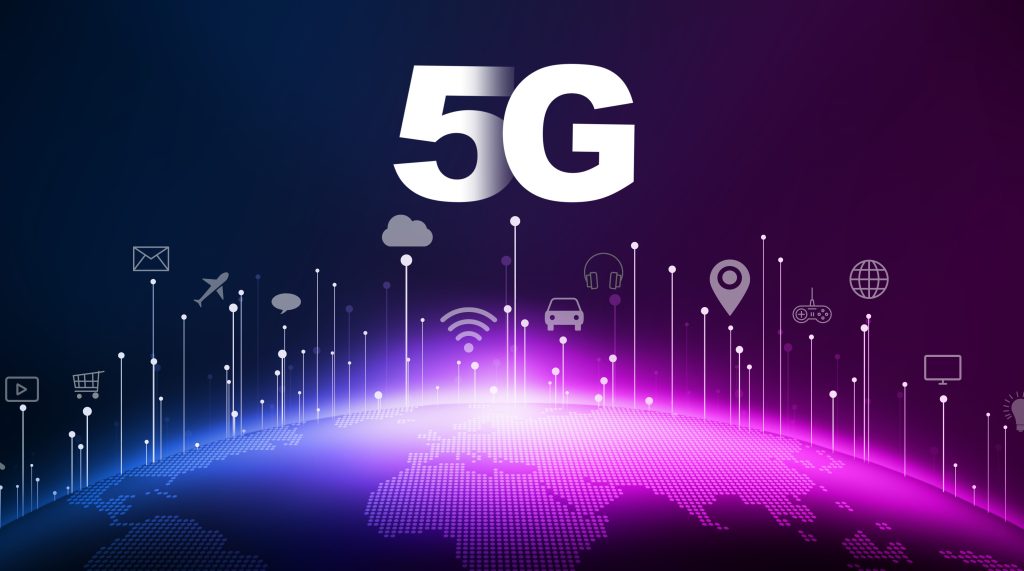India Expands 5G Connectivity with Rapid Infrastructure Development

The Indian government is taking significant steps to enhance 5G connectivity across the country, including remote and tribal areas. In a written reply to the Lok Sabha, Minister of State for Communications and Rural Development, Dr. Pemmasani Chandra Sekhar outlined key initiatives backed by the Digital Bharat Nidhi (DBN) to improve telecommunication infrastructure.
Several projects are underway to boost mobile connectivity, including the Comprehensive Telecom Development Plan (CTDP) for the Northeast, Andaman & Nicobar, and Lakshadweep Islands, with an investment of over ₹4,050 crore. Additionally, schemes targeting Left Wing Extremism (LWE) affected areas and Aspirational Districts are being implemented with a budget of ₹13,179 crore. The 4G Saturation Project, aimed at providing mobile services in uncovered villages, has been allocated over ₹26,300 crore. Furthermore, the BharatNet project has been amended to extend broadband access to Gram Panchayats and villages.
To accelerate 5G deployment, the government has undertaken key reforms, including the auction of 5G spectrum, rationalization of telecom financial policies, removal of spectrum usage charges for auctions post-2022, and simplification of SACFA clearances. Additionally, initiatives like the PM GatiShakti Sanchar portal and revised Right of Way (RoW) rules have expedited infrastructure setup.
Since the launch of 5G in October 2022, 4.69 lakh 5G Base Transceiver Stations (BTSs) have been installed, covering 99.6% of districts. In 2023-24 alone, 2.95 lakh 5G BTSs were deployed, marking one of the fastest global rollouts.
Source: PIB




